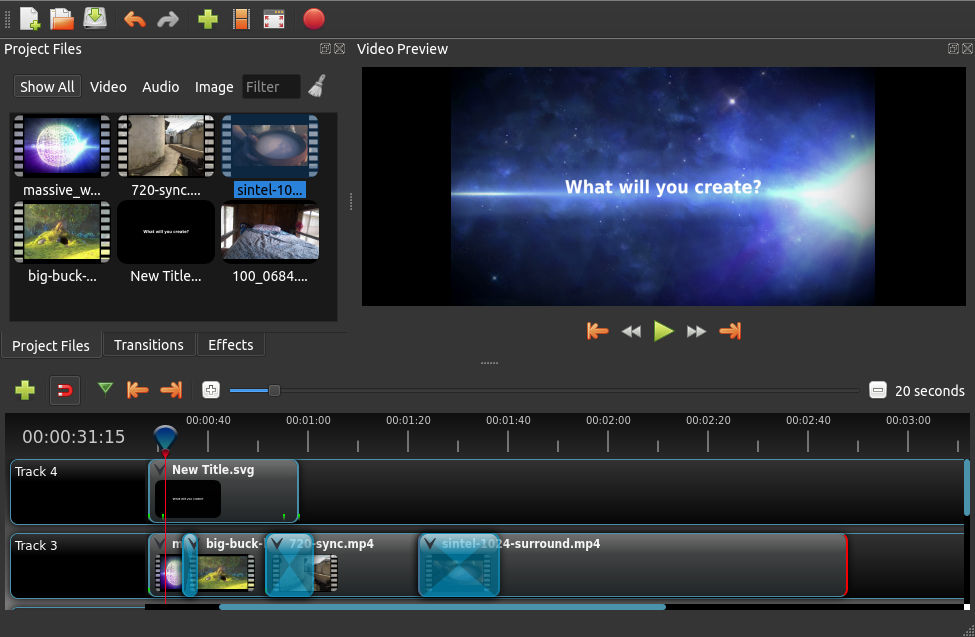WINIT Videos

WINIT stands for What Is New In Technology. The world is changing fast. There is often a gap between the information contained in college textbooks and the reality of innovations in the field. To fill this gap we will ask you to create short videos about current digital innovations.
- Format: a well-polished 3-5 minute video
- Topic: assigned by the instructors
- Audience: the class
- Style: journalistic. Avoid jargon, make it concrete, explain concepts, highlight what is interesting and new
- Format: news-anchor style talk, voice over pics or videos, edited/clipped videos from sources, your own interviews or videos....
- Where to submit: To be ready to go at the beginning of
the class, place
your materials (links, videos, etc.) in the S: drive in the folder S:\Grazioli\DIGITAL INNOVATION COMM4250\WINIT materials.
Content
You will choose a topic from a list, via an auction. Once you have the topic, research it and identify a thesis. For example: "Blockchain is not ready for primetime because X, Y and Z" or "Companies should start thinking about adopting blockchain to avoid being left behind", or "The farm of the future will be enabled by the Internet of Things," or "AI technology is not ready to power truly autonomous vehicles"... Develop the argument with concrete, specific examples showing how typical users or customers of the innovation (the personae) could utilize it in realistic settings. Include the likely success/failure of the innovation and likely reasons ( you can use the format “ this is what you would have to believe for this to happen:…) and the value impact: who will gain value ( specific companies, consumers…), how and why, and who may lose value/revenue. Extra points for market sizing. if you have a reasonable argument…
We will evaluate not only the video, but also your ability to lead the ensuing conversation with the class and faculty.
Dan Elron had found this video, that could perhaps inspire you. The video is NOT a direct example of what we want you to do. The speaker talks about a dozen innovations (you only have to talk about one). However he tells us how his daughter (the persona) could use them in her daily life. We like the concreteness of the examples and the simplicity and clarity of the language.
Ideally, at the end of your video a careful watcher should
1) tell what is the thesis of the video
2) be able fill up a BMC (there will be a class on that) about your innovation,
3) be excited by the coolness of the innovation.
Tips for success
This is a new initiative, so we do not have examples to show. However, we have some initial advice
- Do not pack too much information. Decide thoughtfully what are the one-two ideas you really want the audience to understand and remember, and expand on those
- Thoughtful pauses and a soundtrack can be powerful tools to help communicating your content. By contrast, reading at high speed some text that you want to cram in three minutes is not. Neither is showing us a complex pic for 3/10th of a second
- Stories are more powerful than concepts. Focus on one-two powerful example, rather than listing ten instances. Name names and companies if possisble
- Showing trumps telling. Pictures trump words. Stories trump lists
- Have a clear beginning (BLUF), and a strong end. Tell us what your thesis is and summarize it at the end
- Make sure that your microphone works well, and that your voice comes out loud and clear. Test it!
- Have fun. It will show. Creativity is good
- You succeed when the audience is able to repeat back your 1-2 key points and believes that they understood them. This you can test by showing the video to a friend and ask them what have they understood from it. Take the feedback and re-edit your work as needed. Even better if you get your classmates to say "Cool video! That was the best part of the class".
- Come to class a few minutes in advance and make sure that the audio and video in the classroom work for you.